TMJ Therapeutic Solutions
If you experience ongoing pain in the area near your ear, your jaw or the muscles on the side of your face, possibly accompanied by a clicking or popping sound or restricted jaw movement, you may be suffering from TMD — an abbreviation for Temporomandibular disorders.
The temporomandibular (tem-puh-roe-mun-DIB-u-lur) joint (TMJ) acts like a sliding hinge, connecting your jawbone to your skull. TMJ disorders can cause pain in your jaw joint and in the muscles that control jaw movement.
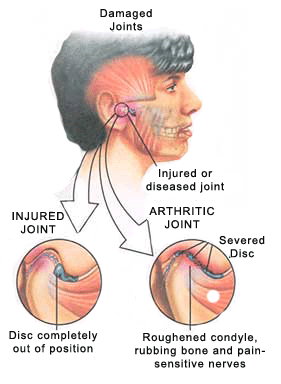
The exact cause of a person’s TMJ disorder is often difficult to determine. Your pain may be due to a combination of problems, such as arthritis or jaw injury. Some people who have jaw pain also tend to clench or grind their teeth, but many people habitually clench their teeth and never develop TMJ disorders.
In most cases, the pain and discomfort associated with TMJ disorders can be alleviated with self-managed care or nonsurgical treatments. Severe TMJ disorders may require surgical repair.
Causes of TMD
As with any other joint, the TMJ can be subject to orthopedic problems including inflammation, sore muscles, strained tendons and ligaments, and disk problems. TMD is also influenced by genes, gender (women appear to be more prone to it), and age. Physical and psychological stress can also be a factor. In some cases, jaw pain may be related to a more widespread, pain-inducing medical condition such as fibromyalgia (“fibro” – connective tissues; “myo” – muscle; “algia” – pain).
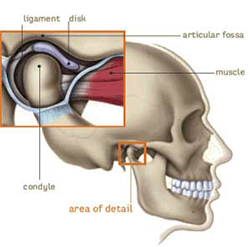
Signs and Symptoms of TMD
Signs and symptoms of TMJ disorders may include:
- Pain or tenderness of your jaw
- Aching pain in and around your ear
- Difficulty chewing or discomfort while chewing
- Aching facial pain
- Locking of the joint, making it difficult to open or close your mouth
TMJ disorders can also cause a clicking sound or grating sensation when you open your mouth or chew. But if there’s no pain or limitation of movement associated with your jaw clicking, you probably don’t need treatment for a TMJ disorder.
Treatment:
In some cases, the symptoms of TMJ disorders may go away without treatment. If your symptoms persist, your doctor may recommend a variety of treatment options.
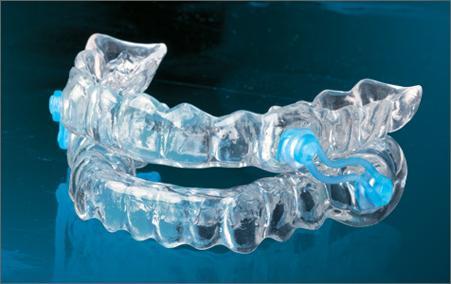
Medications
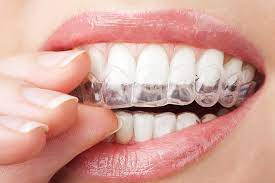
In conjunction with other nonsurgical treatments, medications that may help relieve the pain associated with TMJ disorders may include:
- Pain Relievers. If over-the-counter pain medications aren’t enough to relieve TMJ pain, your doctor or dentist may prescribe stronger pain relievers.
- Tricyclic Antidepressants. These medications, such as amitriptyline, used to be used mostly for depression, but now are also used for pain relief.
- Muscle Relaxants. These types of drugs are sometimes used for a few days or weeks to help relieve pain caused by TMJ disorders.
- Sedatives. If nighttime teeth clenching is aggravating your pain, your doctor might prescribe a sedative such as clonazepam (Klonopin).
Therapies
Nonpharmaceutical treatments for TMJ disorder include:
Bite guards (oral splints). Often, people with jaw pain will benefit from wearing a soft or firm device inserted over their teeth, but the reasons why these devices are beneficial are not well understood.
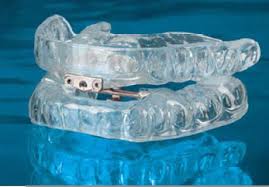
Physical therapy. Treatments might include ultrasound, moist heat and ice — along with exercises to stretch and strengthen jaw muscles.
Counseling. Education and counseling can help you understand the factors and behaviors that may aggravate your pain, so you can avoid them. Examples include teeth clenching or grinding, leaning on your chin, or biting fingernails.
Surgical or other procedures
When other methods don’t help, your doctor might suggest procedures such as:
Arthrocentesis. This procedure involves the insertion of needles into the joint so that fluid can be irrigated through the joint to remove debris and inflammatory byproducts.
Injections. In some people, corticosteroid injections into the joint may be helpful. Infrequently, injecting botulinum toxin (Botox, others) into the jaw muscles used for chewing may relieve pain associated with TMJ disorders.
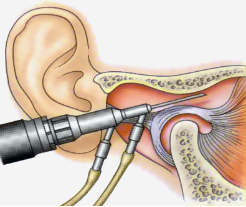
Surgery. If your jaw pain does not resolve with more-conservative treatments and if it appears to be caused by a structural problem within the joint, your doctor or dentist may suggest surgery to repair or replace the joint. The National Institute of Dental and Craniofacial Research considers TMJ surgery to be controversial and recommends that it be avoided whenever possible.